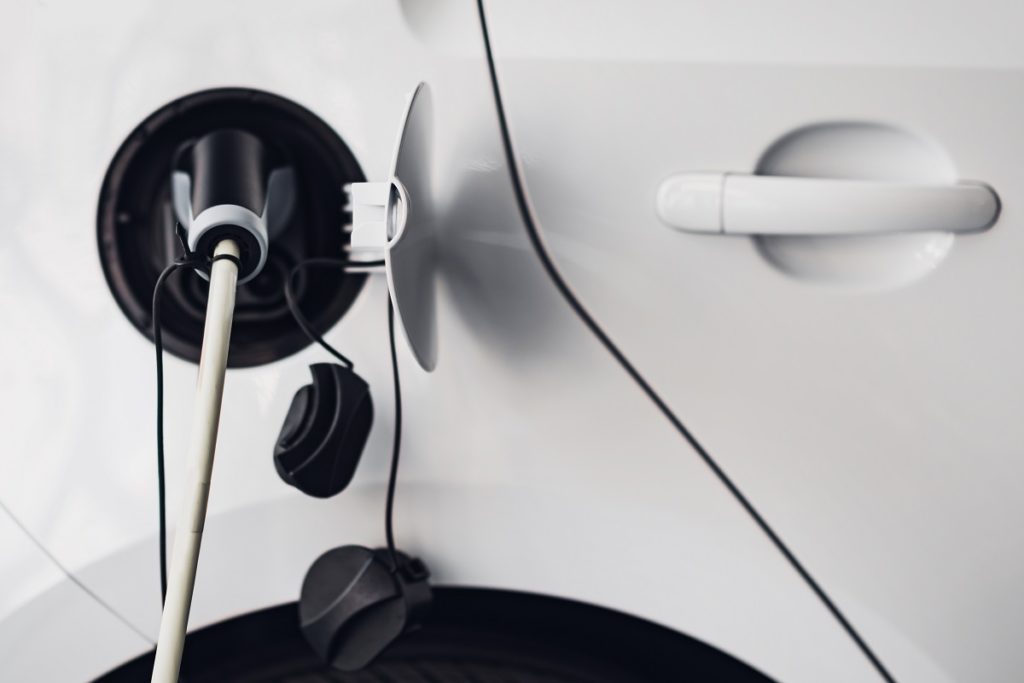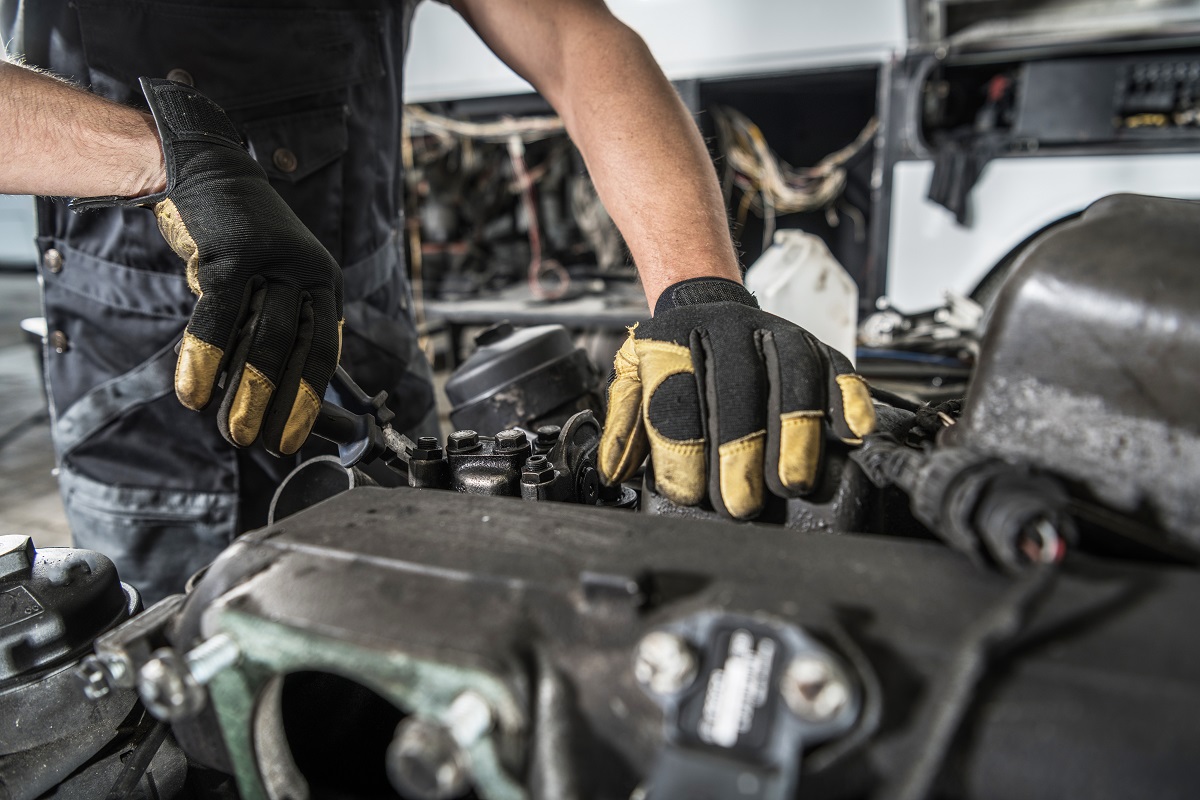What are the core components of a hybrid car?
- Internal Combustion Engine
- Fuel Tank
- Electric Motor
- Generator
- Batteries
- Control Unit
Most cars are powered by gasoline or diesel. But then, hybrid cars were invented. You probably already have the idea that hybrid cars use both conventional fuel and electricity. But how does it really work? Are the car parts the same with a normal car? Today we will learn about the core components of a hybrid car.
Internal Combustion Engine

Hybrid cars also use conventional gasoline engines like in other cars. The difference is that hybrid cars use smaller and more efficient versions to reduce emissions. The internal combustion engine provides the power needed by a hybrid car to drive at fast speeds.
Fuel tank
The fuel tank stores the gasoline used for the internal combustion engine. A hybrid car only uses fuel a part of the time and electric power at other times. This makes it more cost-efficient.
Electric motor

Electric motors in hybrid cars are made with very advanced technology. Its presence in hybrid cars makes these cars very efficient. This motor powers the car when driving at low speeds. In addition to using electric power, some hybrid cars use advanced motor-generators that can both power up the driving process and also generate power to charge the batteries.
Generator
A generator can charge the batteries when decelerating and braking a hybrid car. This process is called “regenerative braking”. This reserve energy can then be used again. Due to this feature of a hybrid car, the driver can save fuel, making it more cost-efficient and environmentally friendly.
Batteries

Gasoline engines store fuel needed for powering up the car in fuel tanks, while the electric motors store it in the batteries. The batteries have a special function of both powering up the electric motor and also storing generated power from it. It also uses this electricity in powering other parts of the hybrid car including lights and windows.
Control Unit
The control unit knows where the energy to power the car comes from and where to distribute the power. It decides whether to use the internal combustion engine or electricity from the batteries to power the driver’s commands.
For example, if a hybrid car is being driven at a slow speed, then the control unit turns off the internal combustion engine and instead uses the electric motor. On the other hand, if a driver drives at faster speeds, the power comes mostly from the internal combustion engine. If the driver stops the car, the control unit turns off both the internal combustion engine and electric motor and uses the battery to power up the lights, windows, and dashboard.
Key Takeaway
Today we learned the 6 core components of a hybrid car that make it different from other cars. A hybrid car requires less fuel because it only uses the gas-fueled engine a part of the time. On the other hand, the electric motor has the capacity not just to power the car but also to generate power when braking. This allows the hybrid car to charge the batteries for later use. With the combination of the power of a conventional engine and electric motor, a driver will save money on fuel and also save the environment with fewer emissions.
Interested in a hybrid car? Contact us here at Toyota Quezon Avenue to learn more.

